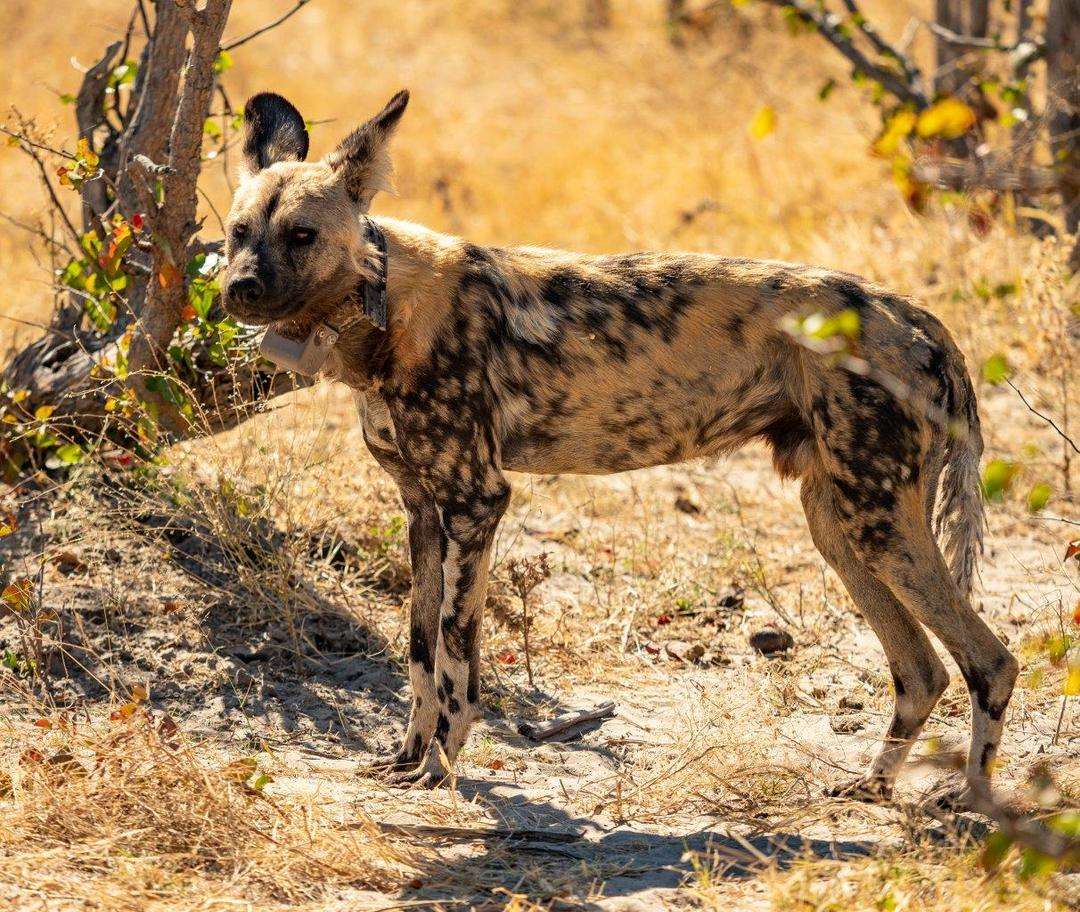Over the past few years, as part of a collaborative effort between the University of Zurich and Botswana Predator Conservation (BPC), supported by Wilderness Safaris and the Botswana Department of Wildlife and National Parks, dispersing African wild dogs have been equipped with GPS/satellite radio collars.
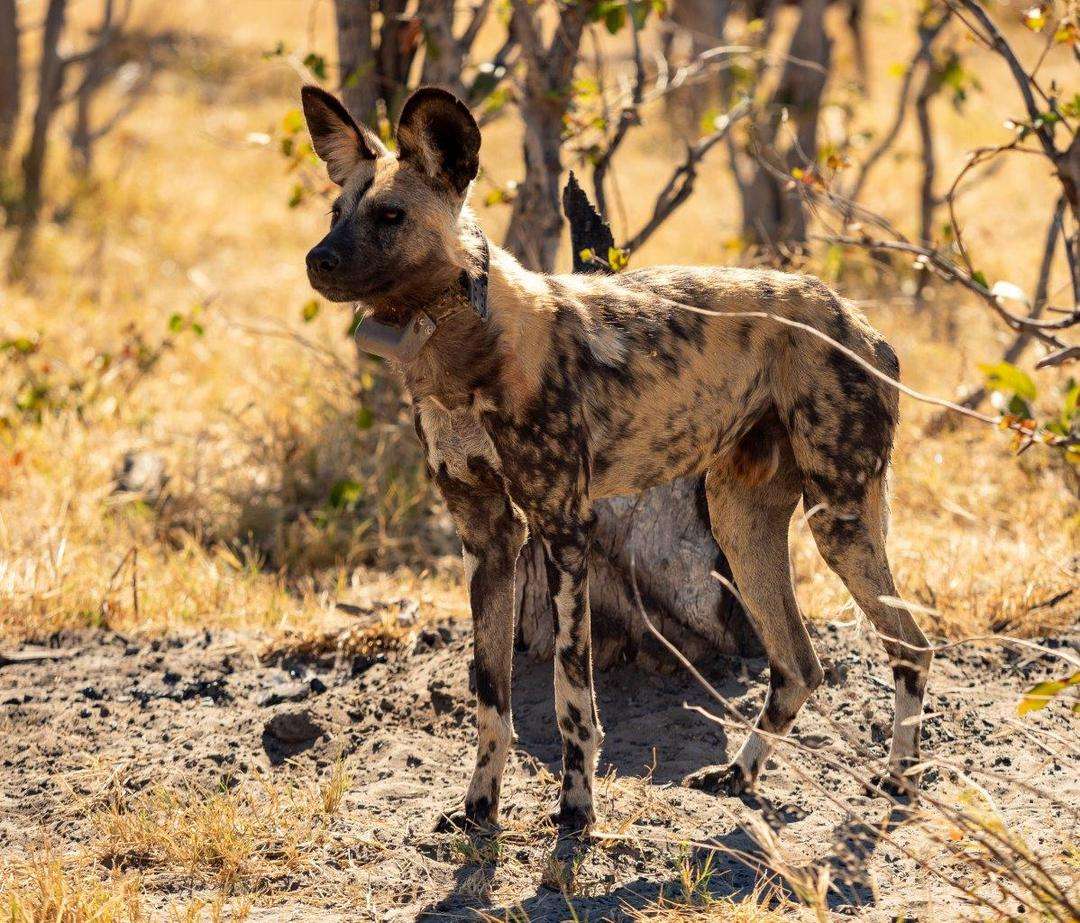
Biologist and researcher for Population Ecology at the University of Zurich (POPECOL), Gabriele Cozzi, reflects on the importance of tourism, how it can benefit research and relays some of the latest information about a pack recorded moving through the Kwedi Concession. Johan von Backstrom, Wilderness Vumbura Plains Concession Manager, captured the amazing photos below and sent them through to POPECOL for their ongoing research on this Endangered species.

The aim of the project is (a) to follow dispersers after emigration from the natal group and to investigate the effect of landscape characteristics on dispersal distance, time and movements, and (b) to gather crucial demographic parameters such as mortality rate, settlement success, and reproductive success after settlement in a new territory.
Recently, an unusually large coalition of eight brothers born in 2018 has emigrated from their natal pack inhabiting the Third Bridge - Budumtau - Xini region of Moremi Game Reserve. Thanks to the GPS data, regularly sent to a base station via the Iridium satellite system, we have been able to remotely follow their movements.
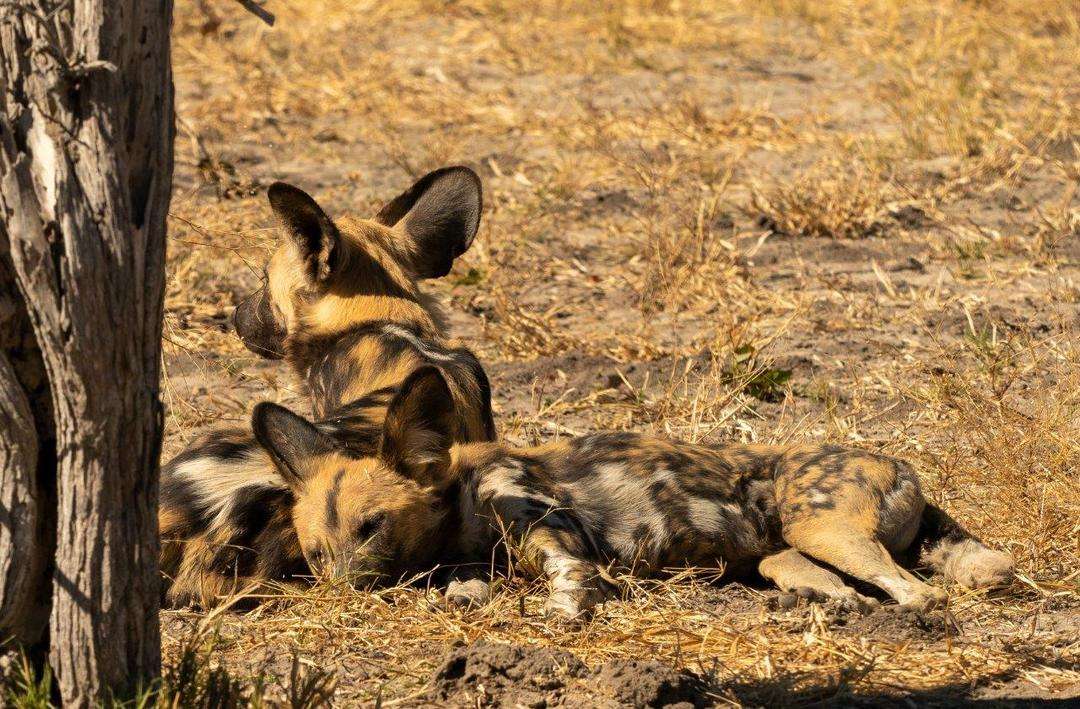
After emigration, they covered over 175 km in only five days, before hitting the permanent swamp that surrounds the Kwedi Concession in the north of the Okavango Delta. During the past month they have been stationary in an area of about 180 km2 around Vumbura Plains. But dots on a map represent only a small part of the story… Are the eight brothers still together or have they split? What have they been doing? Have they met unrelated females and formed a new pack?
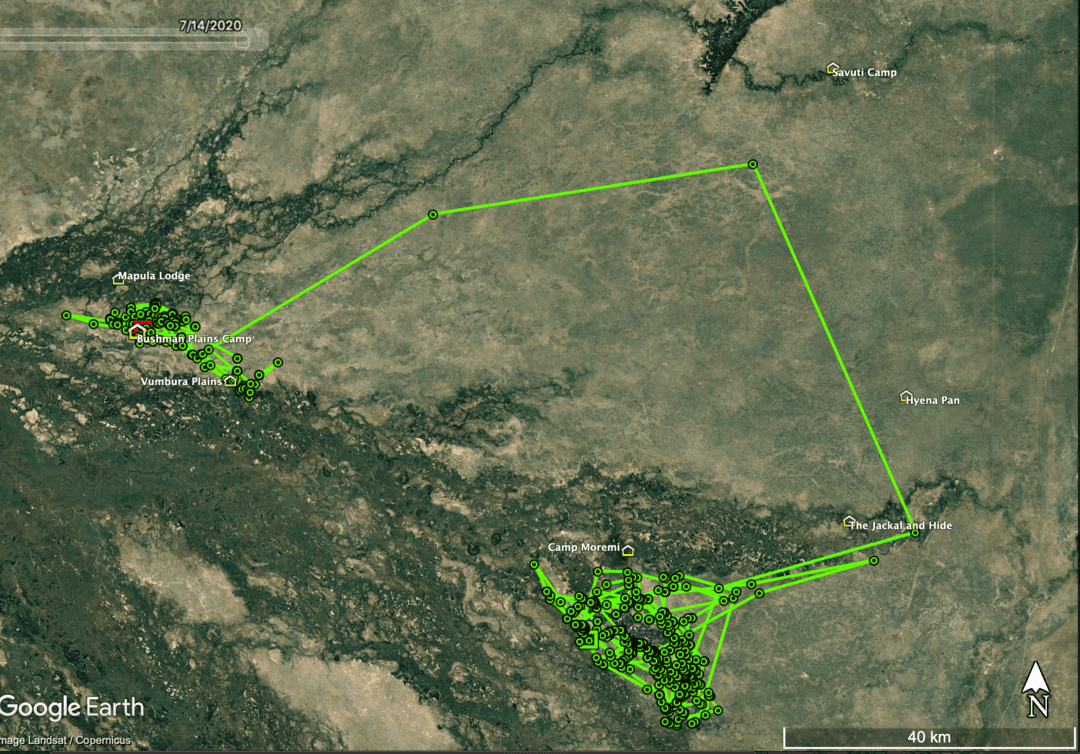
Movement trajectory of a dispersing coalition of eight male African wild dogs
Despite the collar sending us regular information, keeping up with the dogs over such large areas is almost impossible, unless we can capitalise on “the many eyes out there”. Tourists, guides, camp managers, everyone can contribute their sightings towards this research.
No sooner said than done!
We informed people at the lodge about the presence of the dogs in their area and asked them to report of any sightings and to send as many pictures as possible. Just a few days later we received the first information: a group of nine dogs, including a collared dog, had been seen a few kilometres north of Vumbura Plains by the lodge staff.
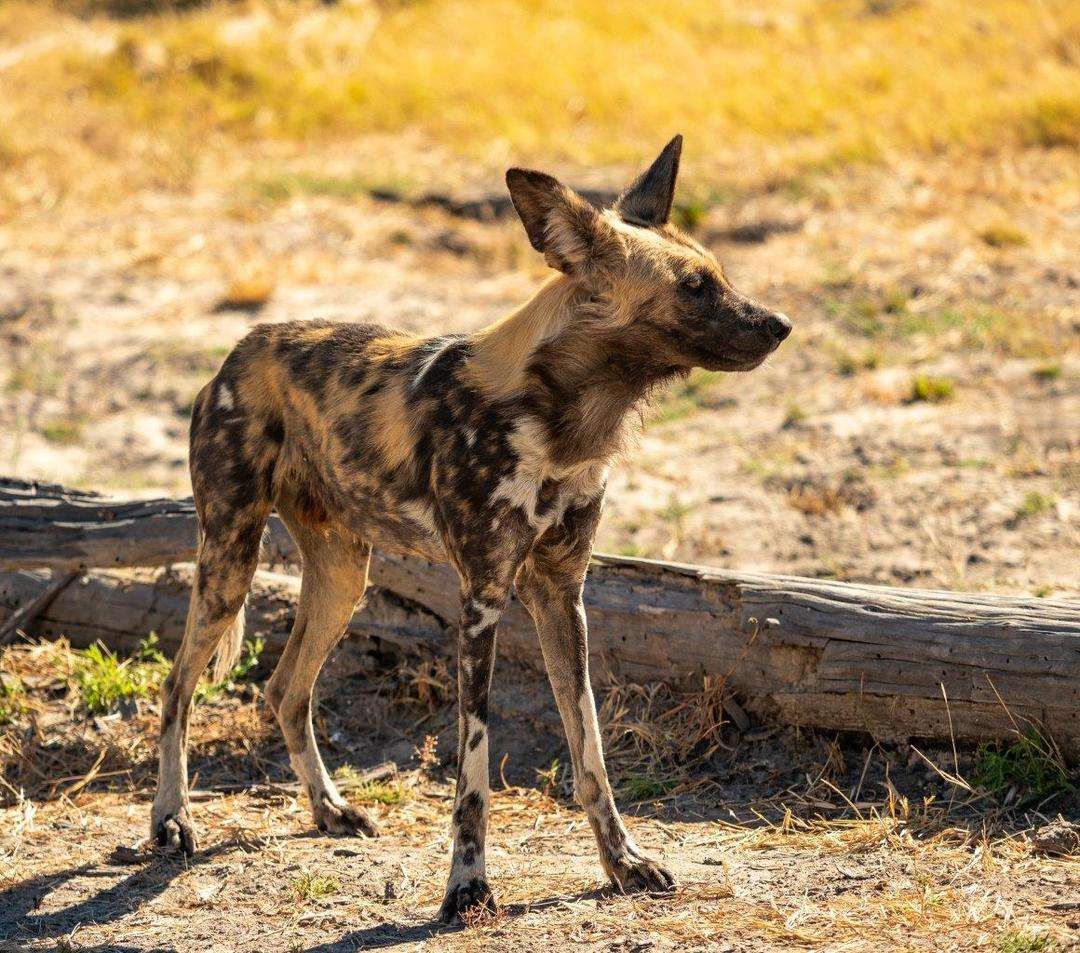
The pictures allowed the identification of five of the original eight males and four unknown females. As expected, the males had indeed split and three brothers had probably gone a separate way. An answer to the question arrived just a week later when a second sighting of 12 dogs was reported to us by the neighbouring lodge. Again, thanks to the pictures sent to us, we were able to identify the three missing brothers among the 12 painted dogs.











